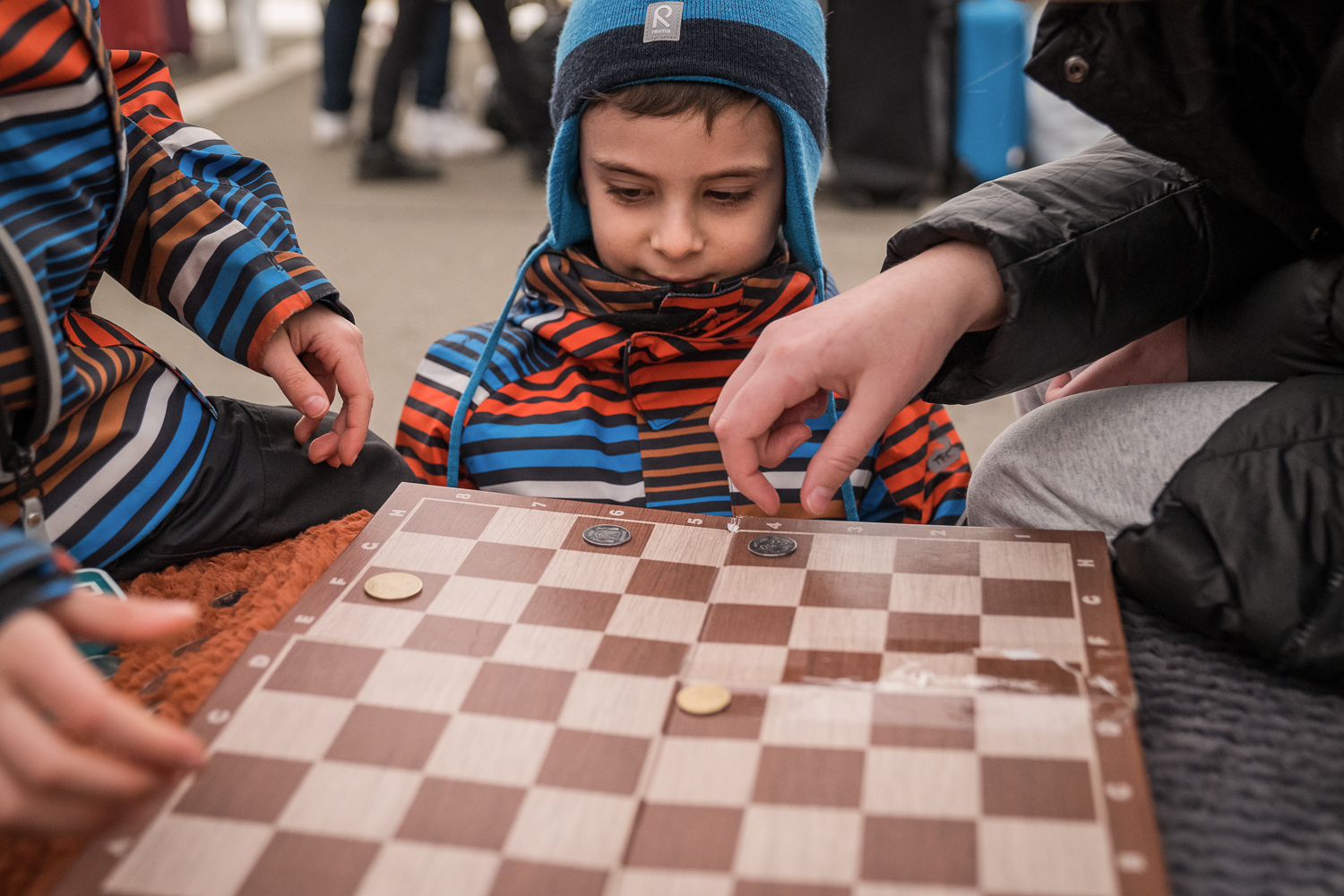
Why the ‘rich world’ cares about some refugees more than others
Education in emergencies
Syrian refugee children arrive in Austria after travelling through five countries Picture: UNHCR/M. Schoppl
At a time when the number of refugees is the highest it has been since World War II, and the “European migrant crisis” is capturing headlines, being United Nations High Commissioner for Refugees is a tough job.
Last week, the current commissioner, Antonio Guterres, spoke at Georgetown University about the challenges of responding to a record volume of forced migration.
He drew attention to challenges arising from asymmetrical globalisation – the unequal rates at which countries are developing – and called for a multilateral approach to migration issues.
Among his comments, Mr Guterres highlighted a key challenge of current humanitarian aid trends that perpetuates these asymmetries and inequalities – namely that crises which garner media attention receive higher levels of priority and higher levels of funding while protracted crises that don’t affect the developed world directly are often neglected.
An illustrative example currently is the conflict in Syria, which has been the main driving factor in the European migration and refugee crisis.
Former Syrian refugee Kinan Kadouni welcomes other refugees as they land on island of Lesbos Picture: UNICEF/Gilbertson
In recalling that the refugee topic did not receive such central international media attention last year, Mr Guterres said: “What has changed is not that the refugee problem has become, all of a sudden, more dramatic.
“What has changed is that refugees, for the first time, have come in big numbers to the rich world….The European refugee crisis is, of course, a serious crisis – we’re talking about 700,000 people that came into Europe but the European Union has 550 million. In Lebanon, it’s three Lebanese for each refugee.
“But they came to the rich world and because of that there is a lot of attention and because of that the Syria refugee situation that is largely responsible for this, is now getting much more attention again and much more funding.”
When the European refugee crisis started consistently grabbing headlines and attention from global leaders, the UNHCR received around $137 million in just three weeks for the Syrian situation. Other protracted emergencies not immediately impacting the developed world, such as those in the Central African Republic and Somalia, received no new funding.
Asymmetries not only exist among countries receiving aid, but also in how that aid is distributed among sectors within countries. Only 1% of humanitarian aid went to education in 2014 and, according to Mr Guterres, this is “one of the most dramatic gaps in humanitarian aid,” despite the fact that more than half of all refugees are under 18.
Refugees in Macedonia pass a UNICEF child-friendly space Picture: UNICEF/Georgiev
“If you look at refugee populations one in two have no access to primary education, three in four, have no access to secondary education and 99 per 100 have no access to tertiary education in universities.
“It shows how dramatic the gap is in relation to education and how this should be a priority of the international community.”
Children in situations affected by conflict, crises and natural disasters, who are forced to leave their homes and schools, face incredible amounts of uncertainty.
With prolonged emergency situations, where many of these children are located receiving less funds, and the proportion of these funds going towards education miniscule, these children are in grave danger of being left behind.
But there is good news for Mr Guterres and the millions of refugee children waiting for their education. This past July at the Oslo Education Summit, the beginning of a possible solution was promised in the form of a Platform to Fund and Coordinate for Education in Emergencies.
An emergency fund and platform that would be able to direct persistent, predictable funding to where it’s needed most – regardless of which situation is currently in the limelight – would provide more flexibility to ensure that children in neglected conflicts do not lose out permanently on their chance to go to school and create a brighter future.
More news

